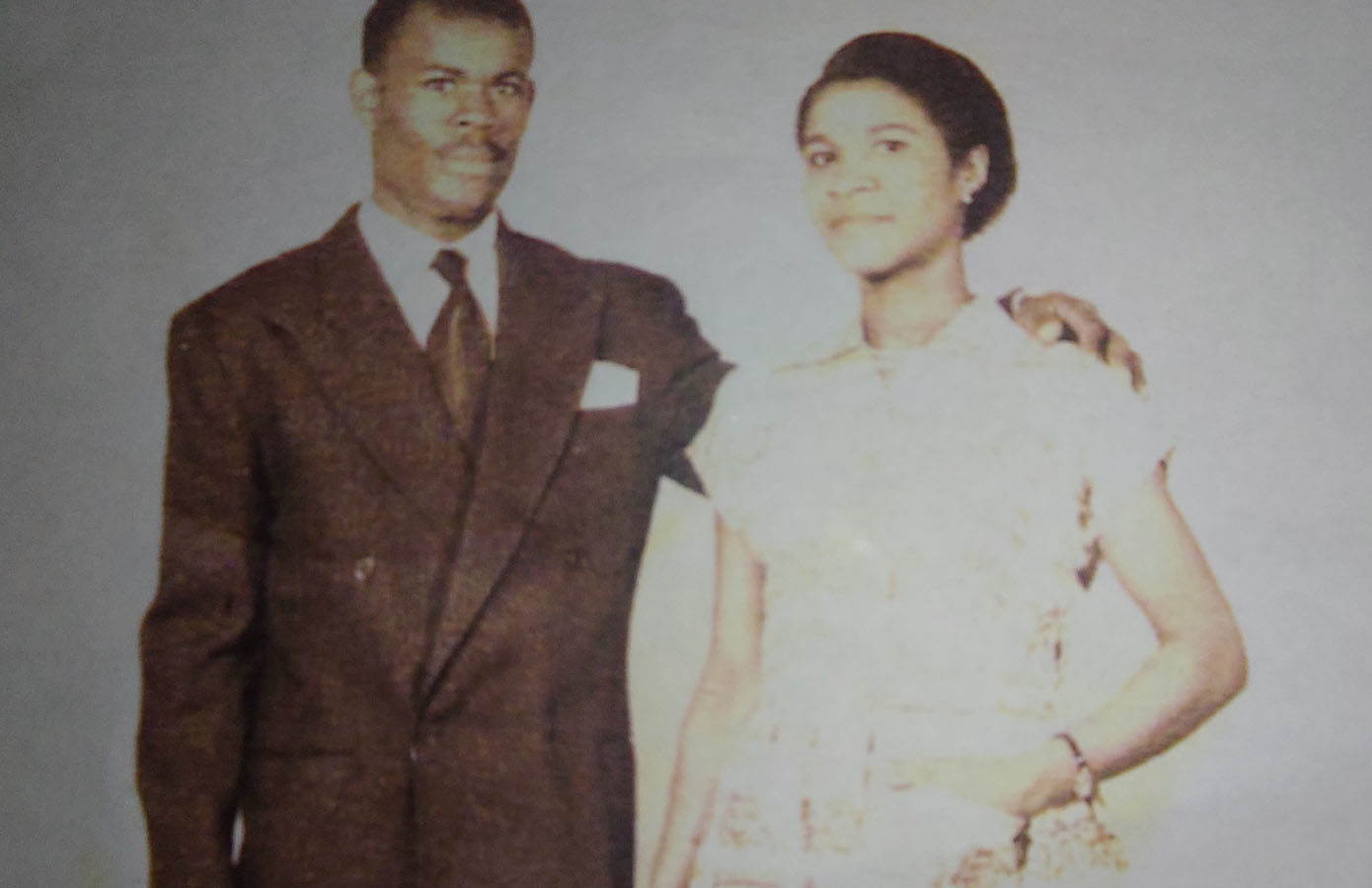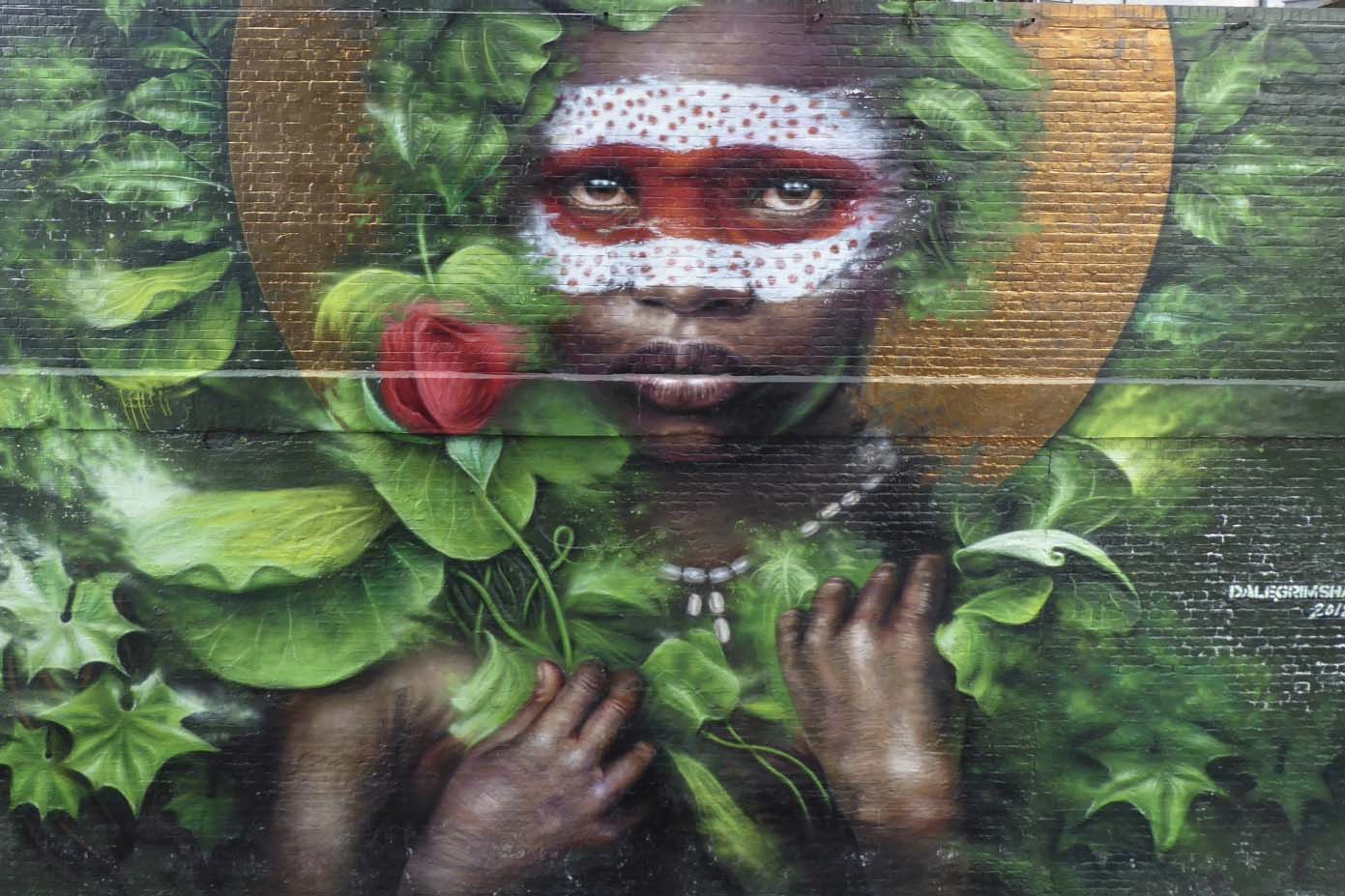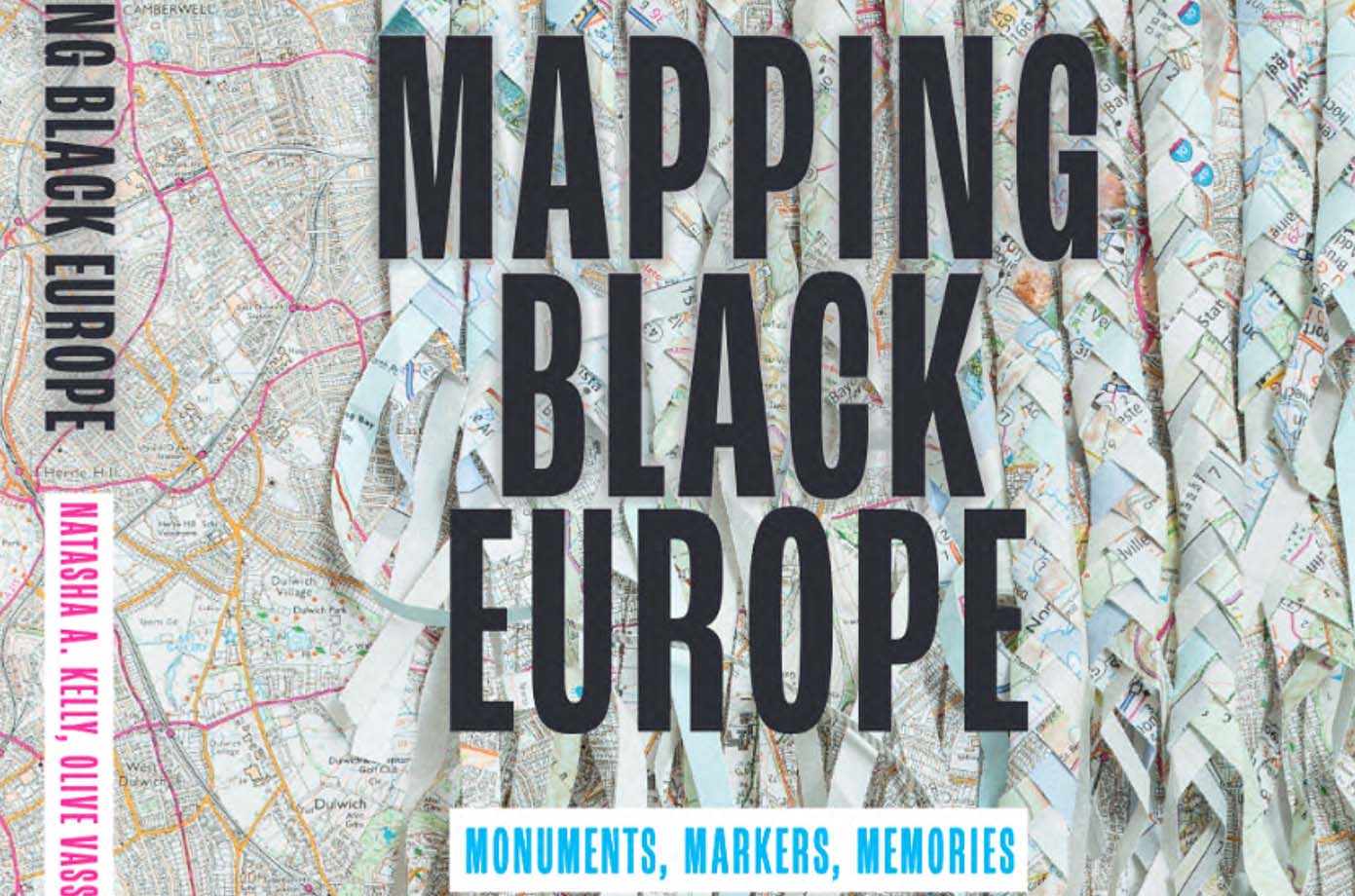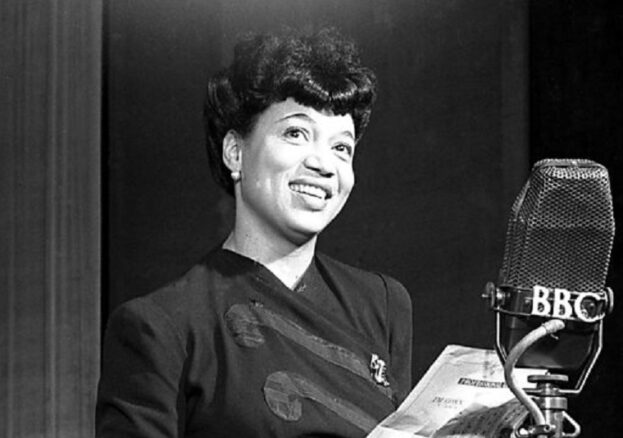
Windrush fashion left its marks on UK style
by LISETTE FELIX
I don’t know what it was about the photos of young West Indian men sporting zoot suits and trilby hats, standing on the decks of the HMT Empire Windrush when it landed at London’s Tilbury Docks in 1948. They oozed sex appeal as they swaggered rather than walked. Those new Britons stood out in their ‘1940s movie star attire,’ embracing the styles of Black American stars such as Harry Belafonte, Dorothy Dandridge and Pearl Bailey.
But as the awful haze of austerity lifted following World War II, fashion evolved. Men began to leave their trilbys behind, exchanging formal suits and ties for blazers, button-down t-shirts, and khaki trousers. Women too began to abandon their utility suits and dresses in favour of poodle skirts and waist cropped tops sitting just over their waistbands.
Among those leading this fashion awakening was Trinidadian-born Althea McNish, a textile designer, who was born in 1924, and studied at the prestigious Central School and Crafts and Royal College of Art in the mid 1950s. McNish was known for her vivid and colourful fabrics that imbued the sense of beauty and carefree atmosphere of the Caribbean. Her influence was wide with clothing designers from Dior and Givenchy to Mary Quant, the designer of the mini skirt in the late 60s to early 70s, using her textile designs to create clothes such as the popular A-line flower printed dress.
“Althea McNish was amongst the first, if not the first, designer of Caribbean descent to achieve international recognition. Her designs injected much-needed colour and life into the post-war fashion and textiles industry from the 1950s onwards, ” said Rose Sinclair, a reader In design and Associate Professor at London’s Goldsmiths University who is writing a book on McNish.
Other prominent designers of the time include Andrew Ramroop OBE, a fellow Trinidadian, who started his career in London in the early 1970s. Earning a distinction from the London School of Fashion, Ramroop took over the exclusive Saville row boutique, Maurice Sedwell, in the 1980s after its founder and owner retired. He would go on to design for American actor Tony Curtis and in later years, Samuel L. Jackson.
“In the 70s we were still enjoying the tail end of the 60s when men wore velvet suits, flared trousers and shirt collars over jacket collars. This was an exciting time for sartorial fashion, style and self expression,” Ramroop said.
Today’s Black British designers are acknowledging the work of their forebearers. Among them is Lorna Holder, a UK-based designer born in Jamaica, and raised in Nottingham. In 1975 Holder became the first Black student to graduate with a BA Honours in Fashion & Textiles from the then Trent Polytechnic Nottingham. And, in 2018, she documented her love of fashion and how the Windrush years influenced her design choices in her book Style In My DNA: 70 years of British Caribbean fashion
Meanwhile prominent young designers are paying homage to the Windrush generation on the runway. Grace Wales Bonner, MBE, a product of an English mother and Jamaican father, used original McNish prints and embroidery to recreate the late textile designer’s creative journey and legacy in her Spring/Summer 2025 collection.
Sinclair is excited about this resurgence. “A new generation has now found Althea McNish. Her legacy is inspiring a new generation of designers,” she said.
Windrush fashion left its marks on UK style
London-born Black Brit journalist Olive Vassell has co-edited and written a chapter on her birthplace for a pioneering book about Europe’s Black communities. Mapping Black Europe: Monuments, Markers, Memories is the first account by Black Europeans who have collectively marked sites of public memory, from monuments and statues to street names and city plaques, in the European capitals they call home.
The capital city is one of eight highlighted in the book, others are Berlin, Brussels, Luxembourg City, Oslo, Paris, Rome and Warsaw. The work highlights the experiences of each city’s Black communities, offering answers to questions, such as: What is the state of Black memory? Which Black philosophical movements have helped to rewrite distorted histories? How is community activism involved?
In London, monuments like the African Caribbean War Memorial and the Mary Seacole statue are spotlighted, revealing extensive histories about how they came to be created and who was involved. The impact of the Black Lives Matter movement is a starting point for all the book’s chapters, including London.
In tracing the long history of Black communities who challenge racism and create their own memorials to mark Black presence and contribution, this publication allows for comparison and for a collective narrative to be formed across the continent, creating a ‘Blackprint of Europe’.
In addition to Vassell, other contributors include co-editor Natasha A. Kelly, as well as Sibo Rugwiza Kanobana (Brussels), Bernardino Tavares, Aleida Vieira (Luxembourg, Epée Hervé Dingong (Paris,) Michelle A. Tisdel (Oslo)l, Kwanza Musi Dos Santos (Rome), and James Omolo (Warsaw).
About the editors
Olive Vassell is a journalist and professor who founded and headed the pioneering Black European news site, Euromight.com (2009-2022). Olive launched BBrit Project in 2022 and was joined by sociologist and writer Lisette Felix in 2023. BBrit Project is a content platform that aims to amplify the people, places, events, histories and ideas that embody the Black British experience.
Natasha A. Kelly, PhD, is a bestselling author and editor of eight books, Natasha acts as curator, artist, filmmaker, theater director and professor. Her film “Millis Awakening” debuted at the 10th Berlin Biennale in 2018. Natasha presently is the founding director of Germany’s first Institute for Black German Arts and Culture.
Mapping Black Europe: Monuments, Markers, Memories
Natasha A. Kelly & Olive Vassell (editors)
Published by Transcript Verlag on March 2023
Hardback £25.73/ €29.00
Free downloadable PDF available: here








